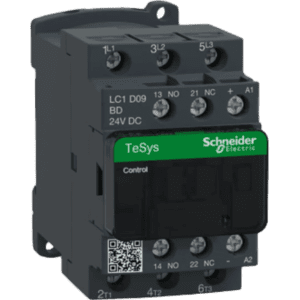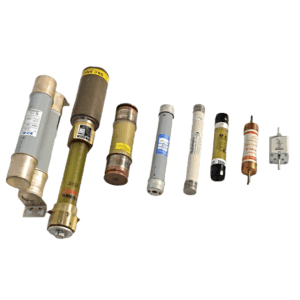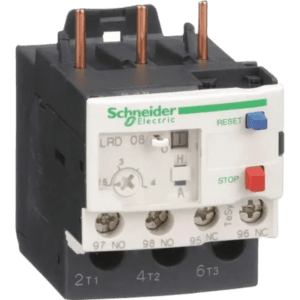Circuit breakers are electrical safety devices designed to protect an electrical circuit from damage caused by overloads or short circuits. When a fault is detected, the circuit breaker automatically interrupts the flow of electricity to prevent potential damage to the wiring or equipment. Circuit breakers are classified into various types, including Miniature Circuit Breakers (MCB) for low voltage, Molded Case Circuit Breakers (MCCB) for medium voltage, and Air Circuit Breakers (ACB) for high current applications. They come with different ratings, sizes, and features, including thermal and magnetic trip settings. Circuit breakers are widely used in residential, commercial, and industrial electrical systems.
Key Features:
- Overload Protection: Automatically disconnects the circuit when an overload occurs.
- Variety of Types: Includes MCB, MCCB, and ACB for different voltage and current ratings.
- Resettable: Can be manually reset after tripping, making them more cost-effective than fuses.
- Safety Standards: Complies with international electrical safety standards.
Types and Standards:
- MCB (Miniature Circuit Breaker): Protects against overloads and short circuits in low voltage applications.
- MCCB (Molded Case Circuit Breaker): Provides higher ratings and is used in medium voltage applications.
- ACB (Air Circuit Breaker): Designed for high current applications with advanced protection features.
- IEC 60898, IEC 60947-2: International standards for circuit breakers.
Brands Available:
Schneider Electric, Siemens, ABB, Legrand, Eaton.
General Maintenance:
Regularly check the circuit breaker for proper functioning, and ensure it is free from dust and debris. Test the trip mechanism periodically by simulating an overload. Inspect for signs of overheating and replace any faulty breakers promptly.





